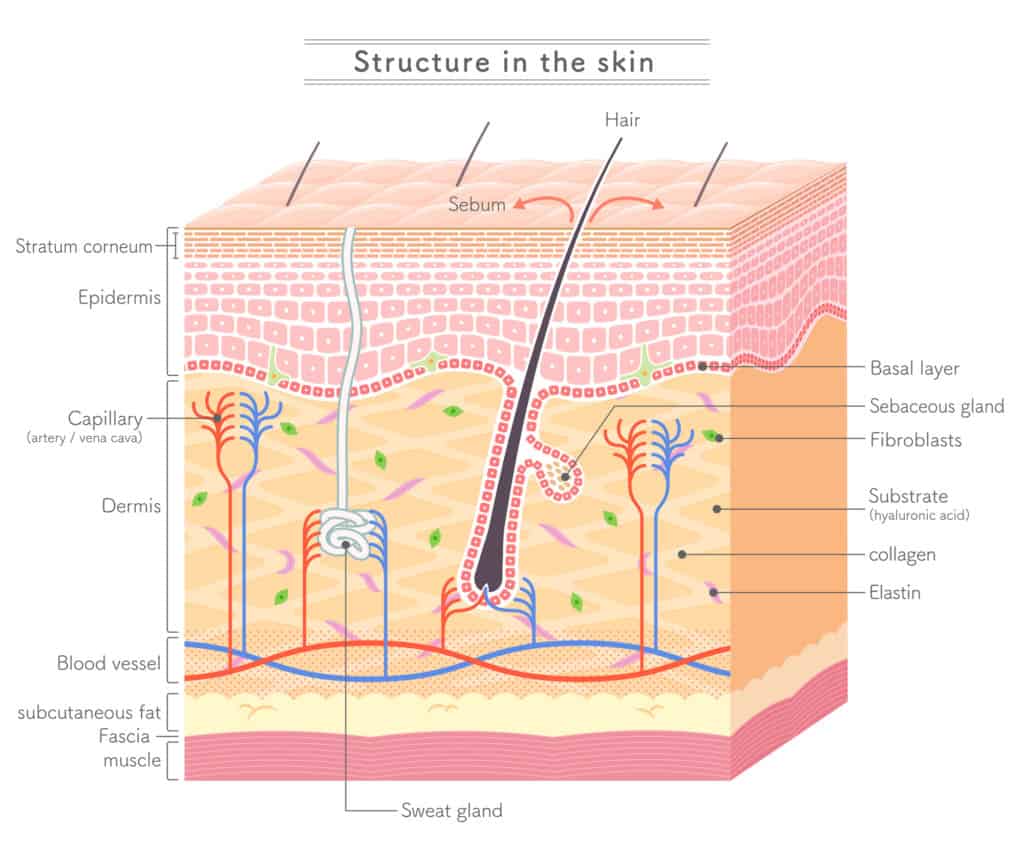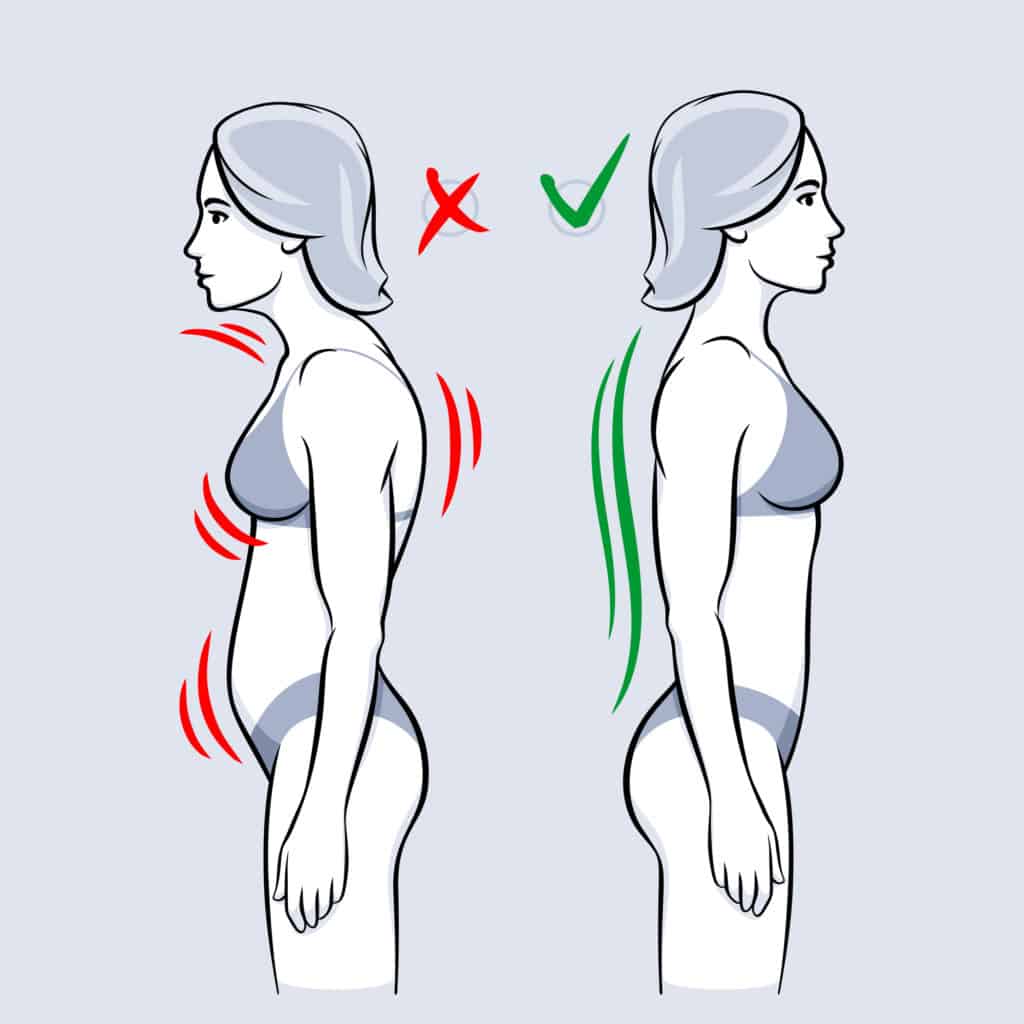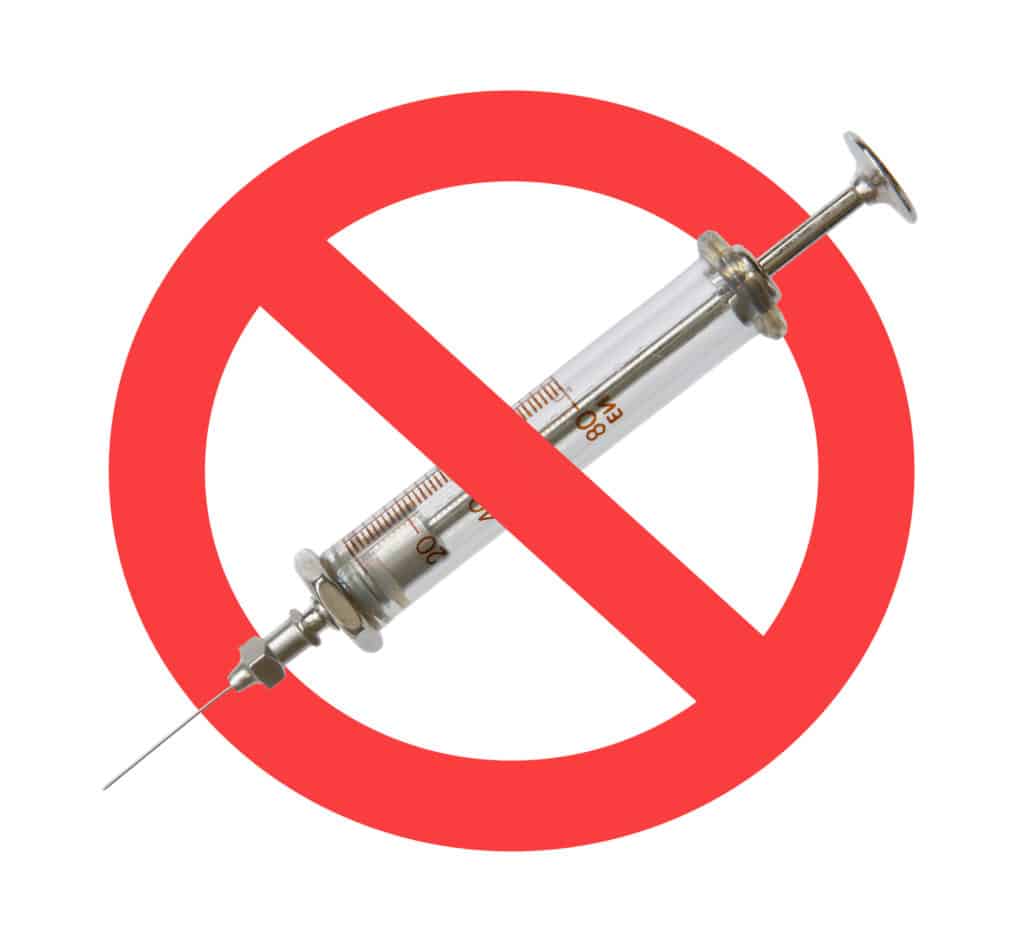
What is a fascial plane and why should you know about it? Actually, most of us probably have zero need to know about fascial planes. But there is a relatively new procedure called a fascial plane block, and if you’re considering using this procedure for relief and reduction of chronic pain, you should read on.
Fascial plane blocks are being used as a possible method for localized, regional anesthesia. This is a pretty cool concept utilizing the compartmental nature of the fascial tissue, and the natural resistance to the spread of numbing agents to adjacent compartments. This provides an alternative to doing dangerous spinal blocks, which affect large portions of your body and risk damage to your spinal cord.
This intriguing approach is made possible by a mapped out understanding of the structure of the myofascial tissue and its inherent compartments. Once that’s been mapped out, it turns out that it’s possible to target certain nerve clusters for anesthetization by injecting the drugs into the spaces between particular fascial compartments, the fascial “planes.”
There are some difficulties with this, however, due to the fact that real people’s fascial structures differ from the ideal.
There are restrictions, blockages, and unexpected openings that cause the drugs to affect a person’s body in unanticipated ways. Or not affect them in the desired way, if you get what I mean.
So now let’s consider the idea of using this concept to apply pain relief to chronic pain situations. It seems a little problematic on the face of it, doesn’t it?
Instead of talking about injections and blocks for pain relief, how about we talk about what’s going on that keeps you in pain and prevents the healing and resolution of problems that you are looking for?
But first, let’s explore the subject a little further and introduce you to “fascia” and “fascial.” What do they mean and relate to? Why this network of connective tissue that runs throughout your entire body is so important, especially in relation to chronic joint pain, muscle stiffness, and unending fatigue (all the symptoms that we all too easily put down to old age and lack of exercise. Along with how we can treat lasting pain without facial plane blocks.
More Blogs From Release Works
Can I Avoid Getting Scar Tissue After Surgery?
Mind and Matter: The Myofascial Solution
What Is Fascia?

Fascia is the fibrous connective tissue that encases the nerves, muscles, and blood vessels inside all our bodies. Cleverly, they hold some structures securely together and conversely allow others to move smoothly over others and many other essential functions inside the body.
There are many kinds of fascia, for example, in the case of tendons, aponeuroses (a flat sheet of tissue like a tendon), and ligaments. Fasciae are densely composed connective tissue comprised of bundles of collagen fibers in a wavy pattern that runs parallel to the direction they are pulled in.
They are created by fibroblasts (a specific type of cell) within the fascia – and are highly flexible and durable. They withstand pull in any direction, with the wavy patterned fibers getting straightened by the pressure they experience.
Fascial layers
There are three main layers of fascia or fascial layers in the body – they are:
- Superficial fascia: the layer right below the skin that works to protect the body from injury, “foreign invaders,” and bacterial and viral infection.
- Deep Fascia: the layer that surrounds muscles and groups of muscles, bone, cartilage, nerves, and blood vessels.
- Visceral fascia: Lies deep within the body and protects our vital organs.
The elasticity and transmission of force in the fascia

Because of its exceptional elasticity, fascia can regain its original size and shape even after its shape alters due to pressure and force. It responds like elastic to load, force and compression – with a certain amount of slack. If the pressure continues slowly and gradually increases, it develops “creep” (slow and ongoing deformation). There is a change in the volume because water is removed from the tissue past that stage.
But after the loading of pressure decreases, the fascia amazingly regains its original size and shape. So, you can see how the fascia is what (most of the time) prevents our bones from breaking and our ligaments from snapping. Because it provides flexible cushioning, that responds to movement and impact.
But fascia isn’t just dead tissue… it’s a living, breathing, intelligent network. Unfortunately, it often goes unnoticed in western medicine circles – especially in the textbooks and scientific journals, but we’d be lost without it.
Sensory transmission
Among the many sensory organs of the body, the fascia is the foremost. It is present in mechanoreceptors (a type of sensory receptor) and nerve endings throughout the body. For this reason, fascia also plays a critical role in our posture and mobility by influencing spatial awareness and coordination. When we move or make changes in posture, the sensory receptors in fascial tissue depress and begin to transmit information to the brain and the spinal cord. The central nervous system interprets the messages and relays the information to the relevant muscles of the body.
What happens when things go wrong?

Dysfunction within the fascia may happen for a multitude of different reasons. These include poor habitual posture, insufficient movement, trauma, and lack of adequate hydration and nutrition. All these things can affect the fascia’s ability to “slide and glide,” which helps to distribute and transmit tension all over the body.
Consequently, the body compensates by altering movement patterns that cause stress on the fascial system. This increased stress then results in dysfunction of the fascia – with patients often exhibiting symptoms like stiffness, pain, and tissue fatigue that affect overall functioning and performance. Some of the reasons why fascia may become dysfunctional and decrease in length, thicken, and get stiff are:
- Inflammation in the body
- Emotional or physical injury or stress
- Trauma of any kind
- Habitual poor posture
- Medical conditions where the body cannot retain its physiological capacity of adaptiveness
What Is A Fascial Plane Block?
A fascial plane block (FPB) is a type of anesthetic injection guided by ultrasound as the practitioner inserts a needle into the “space” between two layers of fascia. The injections deliver analgesia (pain relief) into the “plane” – the area between the layers – and the surrounding connective tissue.
Fascial Plane Blocks (FPB) might sound like a good idea, especially if you’ve been in pain for a long time. Still, there is little evidence to support their effectiveness and lots of controversy and safety concerns around their administration because they are such an invasive treatment.
What can go wrong?

One of the main reasons we don’t recommend or use Fascial Plane Blocks at Release Works is that fascia is a dense and fibrous material. For fascial plane block injections to offer pain relief, they need to reach the deep fascial layer inside our bodies – and no two fascial systems are the same. So, we just don’t know how effective they will be from one patient to the next. There are also numerous opportunities for injury, nerve damage, and/or infection. So, instead, we prefer to stick with highly effective and non-invasive Myofascial Release Therapy.
According to an article by Abhijit S Nasir in the Global Journal of Anaesthesiology,
“All fascial plane blocks are trans-muscular injections, i.e., the needle has to reach the target plane by piercing the adjoining muscles. There are high chances of LA injection in the muscle or spillage of LA in the substance of muscle, especially after high volume LA injections. The possibility is more when an anesthesiologist has recently learned a fascial plane block and is applying it in clinical practice. The myotoxicity could be more profound in continuous LA infusions where the muscle will get continuously exposed to LA.”
How Myofascial Release Can Treat Fascial Dysfunction – Without Injections

We believe that the human body is much wiser than we give it credit for.
Under the right conditions and with the right support, total body healing is possible – without medication, surgery, or painful fascial plane injections.
The pain associated with dysfunctional myofascial tissue is usually chronic due to tautness and inflammation within the myofascial tissues. The muscles throughout the body are supported and surrounded by this kind of tissue. The pain originates from areas or locations in the myofascial tissue that we refer to as fascial restrictions.
Myofascial Release Therapy is a specialist form of manual, hands-on therapy that is a non-invasive and very effective treatment for fascial dysfunction and the associated symptoms. It helps to reduce pain and improve movement and functionality. During a session, the gentle hands-on pressure into the fascia, with trained and practiced awareness, helps the restricted fascia to begin to “melt” and rehydrate, allowing rigid and sensitive areas of the body to restore normal movement, improve functioning, and repair the built-up damage.
The objective of myofascial release is to restore fluid movement and effortless alignment throughout your entire body. This is what takes the pressure and tension out of your body, removes and reverses the ongoing damage, and results in a pain-free body ready for enjoyable activity. This then explains why effective myofascial release always looks at what is going on in your whole body instead of focusing on specific points or pains.
Other forms of treatment are also used in conjunction with the hands-on myofascial release. For example, frequently some amount of “re-education” of movement patterns is a very helpful thing. In combination with MFR, these interventions help address musculoskeletal weakness, pain, and imbalances in the body.
Western medicine is great – especially in the case of trauma, surgery, and emergency medicine. But in our opinion, it is somewhat lacking when it comes to chronic health complaints and creating “wellness” instead of just reactively treating illness. As a result, so many Americans walk around feeling less than optimal, stiff, depressed, tired, and older than their biological years.
At Release Works, our Myofascial Release Therapists help you discover the hidden opportunity that natural therapy provides and how you can achieve optimal health. Myofascial Release Therapy eases chronic and lasting pain, even if you’ve been in pain for decades. It reduces stiff and achy muscles and releases all that pent-up stress and tension you’ve carried around with you for years.
Would you like a free 15-minute consultation with a Specialist Myofascial Release Therapist? Please complete the short form here, and we’ll get back to you soon.
Time To Call
Our mission is to help you to recover without any painful injections or surgeries.
If you’re needing any advice with myofascial release therapy get in touch.
If you’re suffering any pain or discomfort don’t hesitate to call us now.

